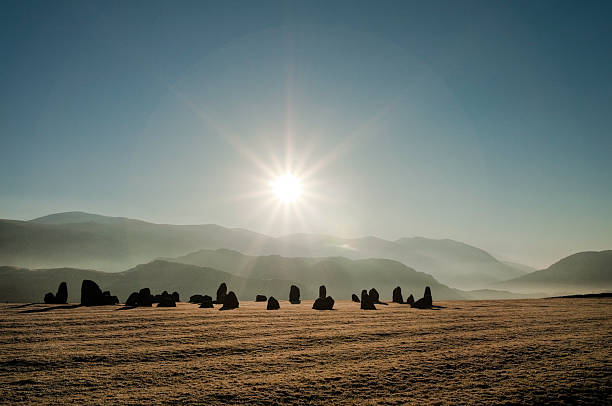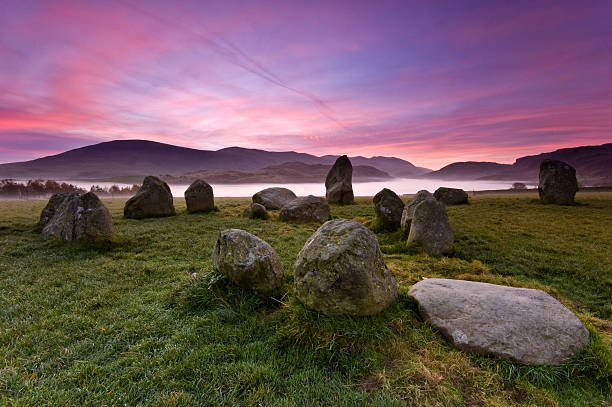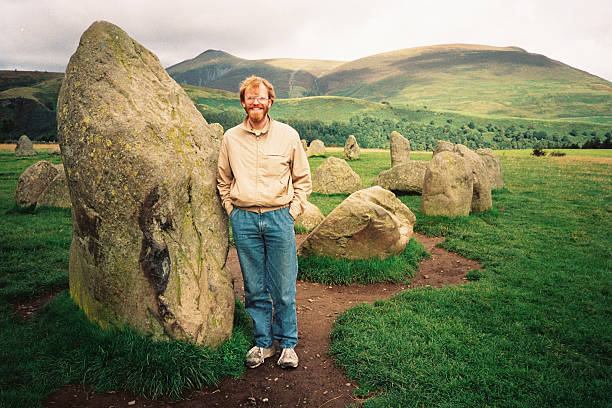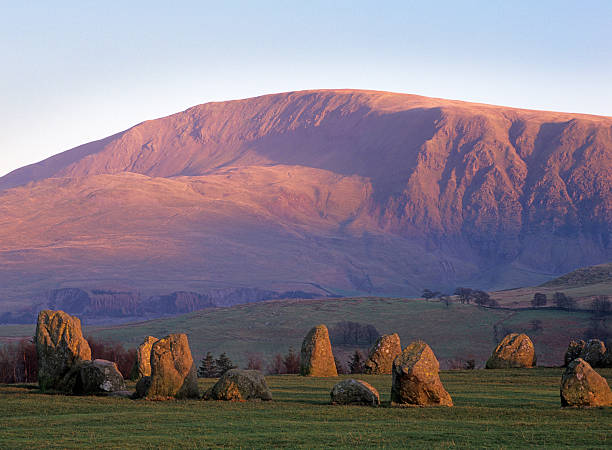
Situated two miles east of Keswick and nestling in a natural amphitheatre of the surrounding hills lies the stone circle of Castlerigg or Keswick Carles. This image was taken just after dawn with the sunlight filtering through the early morning haze and valley fog. ProPhoto RGB profile for maximum color fidelity and gamut.More of my images from around Britain in this lightbox:


























































